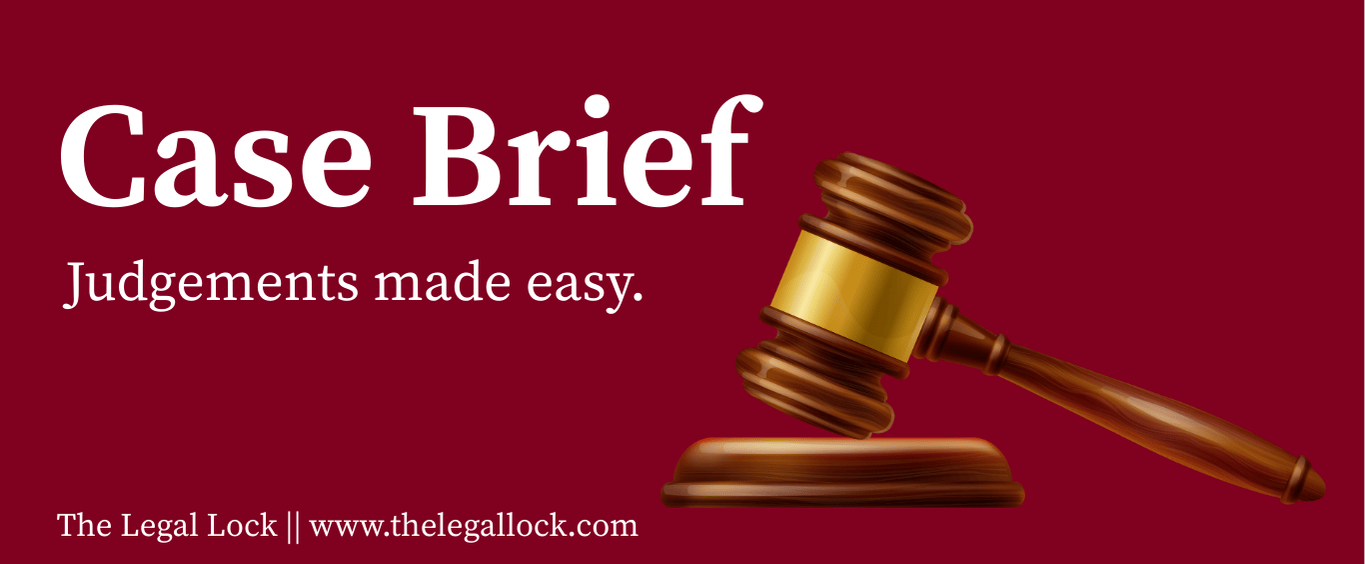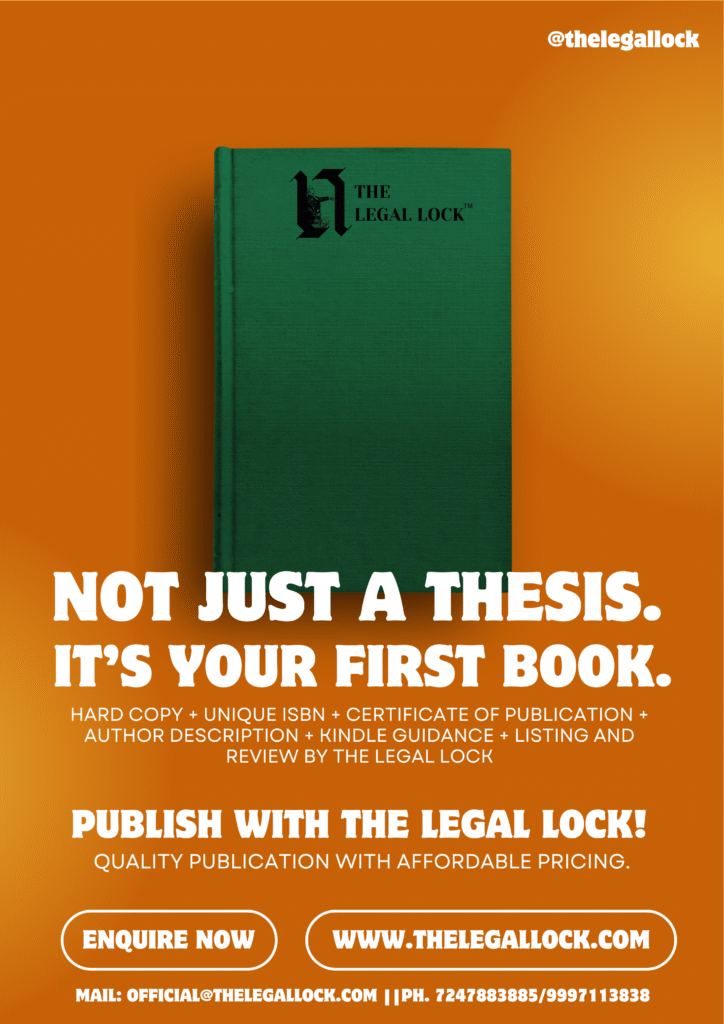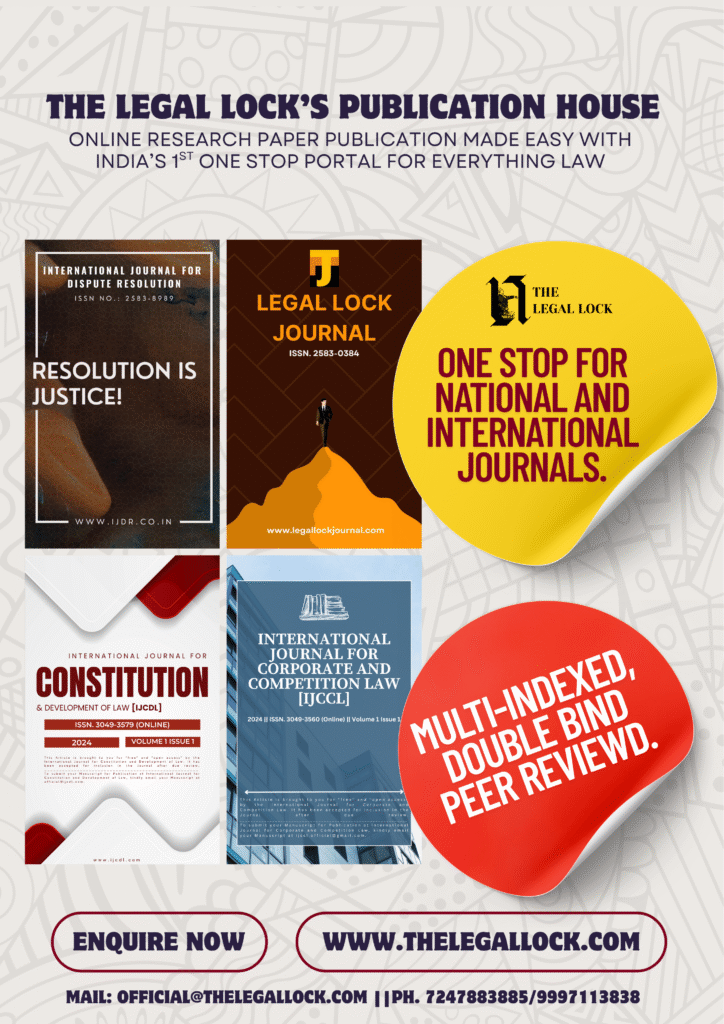
Dabur Ltd. v. Workmen, A.I.R. 1968
| Citation | AIR 1968 SUPREME COURT 17 |
| Court | Supreme court of India |
| Decided on | 26.07.1967 |
| Petitioner | DABUR (DR. S. K. BURMAN) PRIVATE LTD.DEOGHAR |
| Respondent | Workmen |
Introduction
The case of Dabur (Dr. S. K. Burman) Private Ltd. vs. The Workmen, decided on July 26, 1967, addresses an industrial dispute involving the employment status of certain workmen and the jurisdiction of the Labour Court. The Government of Bihar initially referred the dispute under section 10(1) of the Industrial Disputes Act, 1947, to the Labour Court in Patna. However, due to a clerical error, the government later issued a corrigendum substituting “Ranchi” for “Patna,” effectively transferring the case to the Labour Court in Ranchi.
The crux of the case lies in the legality of this correction, as the appellant, Dabur Pvt. Ltd., contended that the government could not withdraw or reassign the reference of the dispute once it had been made to the Patna Labour Court. This question of jurisdiction became central to the proceedings, with the Labour Court in Ranchi and subsequently the High Court affirming that the alteration constituted merely a clerical correction that did not affect the validity of the reference.
The Supreme Court ultimately upheld the decisions of the Labour Court and the High Court, clarifying the nature of the correction and addressing the employment status and treatment of the workmen involved in the dispute. The judgment provides important insights into the handling of clerical errors in legal references and the jurisdictional authority of Labour Courts.
Facts of the case
The facts of the case in Dabur (Dr. S. K. Burman) Private Ltd. vs. The Workmen are as follows:
1. Initial Reference: On June 14, 1961, the Government of Bihar referred an industrial dispute to the Labour Court in Patna under section 10(1) of the Industrial Disputes Act, 1947. The issues referred included whether the discharge of forty workmen was proper and whether they were entitled to reinstatement or permanent employment.
2. Clerical Error: On July 19, 1961, the government issued a corrigendum substituting “Ranchi” for “Patna” in the original order. This change indicated that the dispute should be heard by the Labour Court in Ranchi instead of Patna.
3. Objection Raised: During the proceedings at the Labour Court in Ranchi, Dabur Pvt. Ltd. objected to the jurisdiction of the Ranchi court, arguing that the government did not have the authority to withdraw or change the reference once it had been made to the Patna court.
4. Labour Court Proceedings: Despite the objection, the Labour Court in Ranchi proceeded with the case. The court ultimately found that the discharge of the workmen was not justified and ruled that their dismissal was mala fide, aimed at preventing them from gaining permanent employment status.
5. High Court Involvement: Following the Labour Court’s ruling, Dabur Pvt. Ltd. appealed to the High Court of Patna, seeking to quash the Labour Court’s award. The High Court upheld the Labour Court’s decision, agreeing that the correction was a clerical error and that the Ranchi court had jurisdiction over the matter.
6. Supreme Court Appeal: Dissatisfied with the High Court’s ruling, Dabur Pvt. Ltd. appealed to the Supreme Court. The key issues revolved around the nature of the correction made by the government and the jurisdiction of the Labour Court.
These facts set the stage for the Supreme Court’s deliberation on the validity of the jurisdiction of the Labour Court and the implications of clerical errors in legal references.
Arguments by the parties
In the case of Dabur (Dr. S. K. Burman) Private Ltd. vs. The Workmen, the arguments presented by both parties were centered on the jurisdiction of the Labour Court and the nature of the government’s corrigendum. Here are the key arguments made:
Arguments by Dabur (Dr. S. K. Burman) Private Ltd. (Appellant):
1. Jurisdictional Challenge: Dabur Pvt. Ltd. contended that once the Government had referred the dispute to the Labour Court in Patna, it could not later withdraw or transfer that reference to the Labour Court in Ranchi. They argued that this constituted a legal flaw, as the Labour Court in Ranchi did not have the authority to hear a case that had been initially assigned to a different court.
2. Intent behind the Reference: The appellant argued that the government’s issuance of the corrigendum was not merely a clerical correction but an intentional shift in the reference location. They claimed that the government had originally intended to refer the case to Patna and could not later change its mind.
3. Ex Parte Proceedings: Dabur also argued that the Labour Court committed an error by proceeding ex parte when they had requested an adjournment due to the local manager’s illness. The company posited that the Labour Court should have granted the adjournment based on the circumstances presented.
Arguments by The Workmen (Respondent):
1. Nature of the Corrigendum: The workmen argued that the government’s correction from “Patna” to “Ranchi” was a simple clerical error. They maintained that no formal withdrawal of the reference had occurred, and hence, the Ranchi Labour Court had rightful jurisdiction over the case.
2. Proper Handling of the Case: The workmen supported the decision of the Labour Court, emphasizing that the proceedings were carried out fairly and that the evidence indicated that their discharge was improper and motivated by mala fide intentions to prevent them from gaining permanent status.
3. High Court Affirmation: The workmen pointed to the High Court’s ruling, which upheld the Labour Court’s decision, asserting that the findings of the Labour Court regarding the workmen’s employment status and the reasons for their dismissal were well-founded.
These contrasting arguments set the stage for the Supreme Court’s examination of the procedural validity of the government’s actions and the Labour Court’s authority in the matter.
Judgment of the case
The Supreme Court’s judgment in the case of Dabur (Dr. S. K. Burman) Private Ltd. vs. The Workmen was finalized on July 26, 1967. Here are the key points from the judgment:
1. Correction of Clerical Error: The Court concluded that the alteration made by the government in the reference from the Labour Court in Patna to the Labour Court in Ranchi was a mere correction of a clerical error. The Court found that the original reference inaccurately listed Patna as the jurisdiction due to a mistake, and the subsequent corrigendum served to correct that mistake.
2. Jurisdiction Validity: The Supreme Court upheld the Labour Court’s jurisdiction, stating that the government did not withdraw or cancel the reference to the Labour Court but merely corrected it. Thus, the Labour Court in Ranchi was competent to handle the case.
3. Mala Fide Discharge: In addressing the merits of the case, the Court supported the Labour Court’s conclusions that:
– The forty workmen were not casual laborers as claimed by the employer.
– Their discharge was motivated by mala fide intentions, specifically aimed at circumventing their rights by preventing them from completing the requisite number of working days to gain permanent status.
1. Appeal Dismissal: The Supreme Court dismissed the appeal, affirming the findings of the Labour Court and the High Court. It ruled that the Labour Court’s decision to reinstate the workmen was justified based on the facts presented.
2. Costs: Dabur Pvt. Ltd. was ordered to bear the costs of the appeal.
Overall, the judgment reinforced the idea that clerical errors in legal documents can be corrected without affecting the jurisdiction of the courts involved, and it validated the protections afforded to workers against wrongful dismissal based on improper motives.








